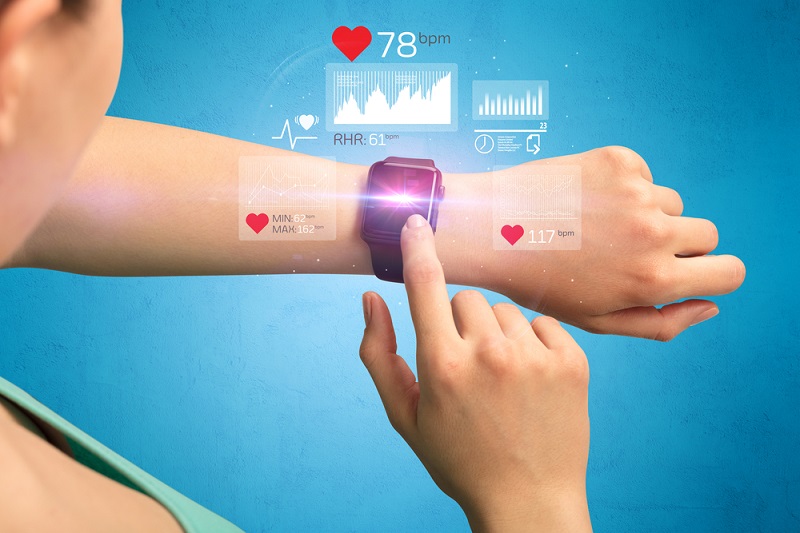Your patients have a wealth of clinical data at their fingertips — provided they know where to find it and how to interpret it.
These eight health and safety aids are appropriate for consumer use. Some may even be FDA-approved, though those without the FDA’s blessing are no less useful for the omission. Do your due diligence and decide which, if any, you’ll recommend to your patients moving forward.
- Personal Blood Glucose Monitors
Most diabetes patients wear blood glucose monitors, but you know better than most how what a difference the proper device can make. If you’re not comfortable making a specific recommendation, direct your patients to unbiased digital resources like this Mayo guide. Direct patients unwilling or unable to use traditional meters to sleeker options that monitor on a near-continuous basis.
- Personal Fitness Trackers
Personal fitness trackers are ubiquitous. Even the healthiest among us use them to track workouts, monitor vitals, and count calories. Though some crow about over-interpreting results or obsessing about normal variance, there’s no clinical downside to fitness tracker use for most patients. This device class is particularly helpful for patients beginning weight loss programs. The fitness tracker market is just about saturated at this point, so you’ll want to check unbiased fitness tracker reviews before you recommend.
- Health Alert Wearables
The unexpected can happen anywhere — that’s why we call it “unexpected.” In-home health alert systems may not offer sufficient comfort for active patients worried about falls or medical emergencies outside the home, though (as we’ll see) they’re a key part of any comprehensive risk-mitigation plan. Read up on leading medical alert wearables, like this MobileHelp review, and determine which best fit your patient population’s needs.
- In-Home Health Alert Systems
In-home health alert systems are no less important than their wearable counterparts. This is doubly true for older or infirm patients who can’t tolerate wearables for long periods of time or aren’t comfortable with the technological interface. Work with care coordinators and others in your office to improve adoption rates and ensure that your patients are actually using these potentially lifesaving devices.
- Mobile Electrocardiogram
Though many fitness trackers monitor heart rate and rhythm, they’re not designed to produce detailed cardiac activity ratings. Mobile electrocardiogram devices are; some even have the FDA’s blessing. AliveCor makes an FDA-improved mobile electrocardiogram app, but you’ll want to survey the entire field and settle on an app or apps you’re comfortable recommending.
- Mobile Diabetes Manager
Blood glucose monitoring is a critical aspect of diabetes management, but it’s not by itself sufficient to improve patient outcomes. A passive monitor can’t force patients to take insulin or make better dietary choices, after all. For patients without insulin pumps or other active management measures, diabetes management apps fill a crucial niche. Some apps function more or less as diabetes management logbooks, while others have a broader slate of sophisticated features. If you work with lower-income patients, take care to recommend free or lower-cost options.
- Quick Consult Apps
No matter how extensive or responsive your care team is, you can’t be everywhere at once. Mobile quick consult apps help plug the gaps for non-emergent complaints, and for less mobile patients for whom visiting urgent care or the emergency department is difficult.
- Mobile Sleep Monitors
Some fitness trackers have built-in sleep monitoring apps. Other sleep monitors are standalone phone or watch apps that track breathing, heart rate, and other vital signs during sleep and peri-sleep. They’re immensely useful data-gathering tools for clinicians and laypeople alike, even when patients present no sleep-related complaints.
Stay on the State of the Art
You could bet on these eight consumer health apps and devices being the only such aids to come on the market between now and the end of next year, but you’d be setting yourself up for a sure loss.
The consumer health space’s technological state of play is changing before our eyes. While it might not make the top five slots on your to-do list, you owe it to yourself — and your patients — to stay on top of the latest trends and incorporate important new information into your practice.

